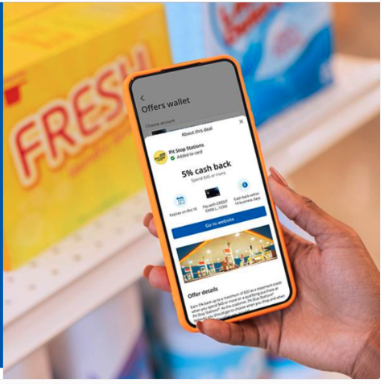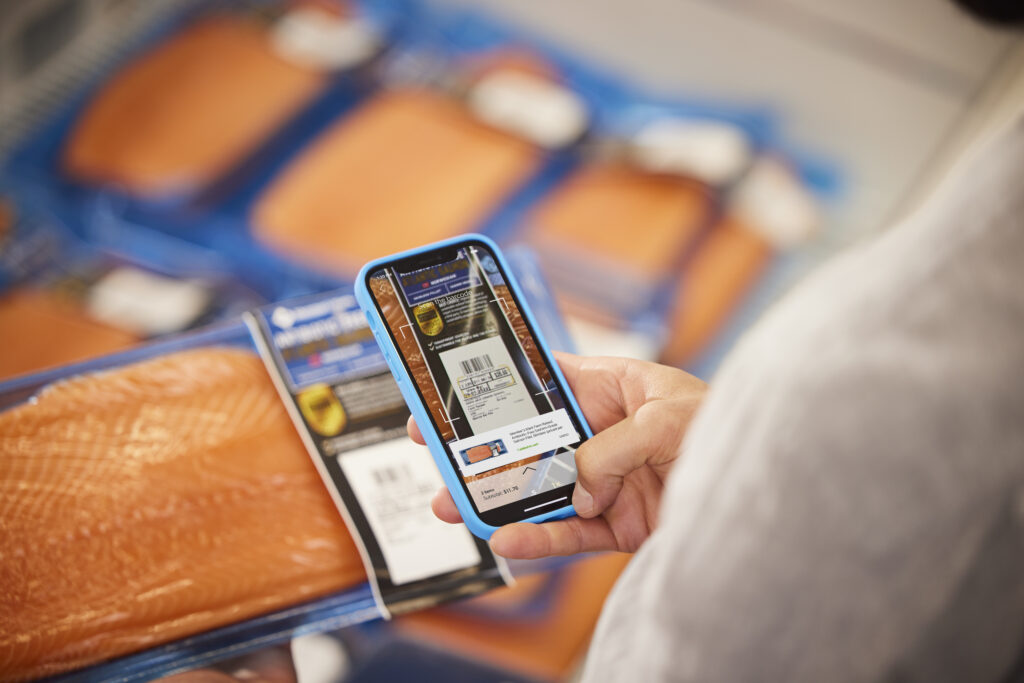The marketplace will look a lot different in five years. Here are 8 trends every hopeful network needs to consider.
By Michele Roney, Mars United Commerce
The current rising tide of retail media may not lift all boats.
Brand advertisers simply do not have the budgets, the resources or — quite frankly — the strategic need to invest in every retail media network that comes calling. That’s a fact being acknowledged by many leading advertisers, along with some network operators that already are starting to experience decelerating growth as the competitive ranks continue to swell.
The next five years will be critical for the future of retail media. However much of the ad spend across the industry shifts toward retail media in that time frame (and current forecasts remain rosy), the money will not be divided equally among all players. Only retailers that truly deliver value to both shoppers and advertisers will be able to maintain sustainable growth.
Here are the eight changes we see taking place over the next five years that will greatly impact the future viability of retail media and the networks that achieve lasting success.
1. Data becomes the buy:
Already considered the “make it or break it” element of retail media, first-party data will become even more important if the long-feared cookie-less future finally arrives. Clean, actionable first-party data that can be used to build targetable audiences of likely purchasers is what truly separates retail media from all other advertising opportunities.
That data also needs to be accessible and actionable. With many retailers still trying to determine the best way to manage their customer data, there has been a divergence in retail media businesses: those with access to their own data, and those without. For the ones with access, the ability to effectively use their data to better power the business will improve over time and make them stronger.

2. Audience targeting gets sophisticated:
Scale matters when it comes to media buying, but targeting will increasingly become a determining factor for advertisers. Leading retailers will continue developing internal segmentation capabilities (including clean rooms for data sharing) that let advertisers build ideal audiences — or, more simply, provide access to a unique audience that isn’t available elsewhere.
3. Customer experience drives strategy:
Retailers focused solely on extracting ad dollars to maximize profitability or fund their own marketing efforts risk driving away their customers and their advertisers. Winners in retail media will make the customer journey a more significant part of their strategy, tempering volume and the types of ad experiences they present to avoid overwhelming or alienating shoppers.
 4. Advertisers grow stronger:
4. Advertisers grow stronger:
Both brands and their agency partners will evolve as well, building out the resources needed to support effective activity across all network partners. The current allocation of trade, shopper, and brand dollars across the marketplace will be reconsidered, with advertisers gaining far more control over how their investments are utilized.
5. Non-endemic advertising flourishes:
Identifiable, targetable audiences will attract product and service providers beyond the retailer’s own inventory. Retail media networks can replace content publishers or other sources as the go-to place for advertisers seeking specific audiences. But the earlier warning about alienating shoppers will be crucial to remember here. Retailers must stay true to their own brand proposition and the needs of their shoppers by partnering with relevant non-endemic advertisers that deliver the same value.
 6. The competitive set expands:
6. The competitive set expands:
Beyond traditional retailers, consumer product and services companies will continue to join the fray, following the likes of JP Morgan Chase, Marriott International, PayPal, and United Airlines. If they can deliver unique, relevant audiences, these non-retailers will create more competition for ad dollars.
7. Retail media becomes an integrated business unit:
Truly scaled and successful retail media businesses have this in common: the network operates as a core pillar of the overall retail business. The market will move away from siloed innovation centers to a place where retail and retail media planning are more unified; it’s already been proven that retail media advertising works hardest when it aligns with the overall strategy.
8. The market will shake out, due to all the factors above.
Existing networks will settle into three tiers:
I. First movers like Amazon, Walmart, and a few others will continue to evolve, grow, and dominate the market. They already have the required scale, data, technology, integrated business model, and resources to stay ahead of the pack. For them, the word “retail” may even be eliminated as they become full-fledged media companies.
II. A larger, second tier of networks will succeed by offering unique or even niche opportunities, whether through their product category/channel, trip missions, audience composition, or a combination of the three. These unique opportunities will compensate for what these networks might lack in scale or operational capabilities.
III. The rest — at least the ones that have an accessible competitive data set and a regional audience but are too small to operate stand-alone networks — may likely roll up into premium networks. Other retailers might abandon their ambitions to operate full-scale networks and instead just offer “shopper-plus” marketing opportunities, using media to enhance the promotional activity they’ve always conducted to gain shopper marketing dollars.
Five years may sound like an eternity in retail. But in our experience, it takes three to five years to build and integrate — or even reengineer — a viable retail media network. The tide is rising, and the competitive set gets stronger every day.

As EVP at Mars United Commerce, Michele Roney leads the Retailer CX business, which helps retailers drive growth through marketing, customer experience design, and the creation, operationalization, and monetization of retail media networks. A 32-year company veteran with experience across retail marketing, media and promotion, she has led the ground-up development, management and support of leading networks both in the U.S. and Canada.



